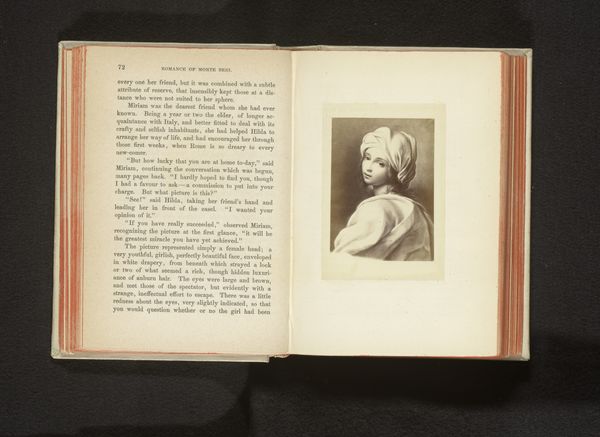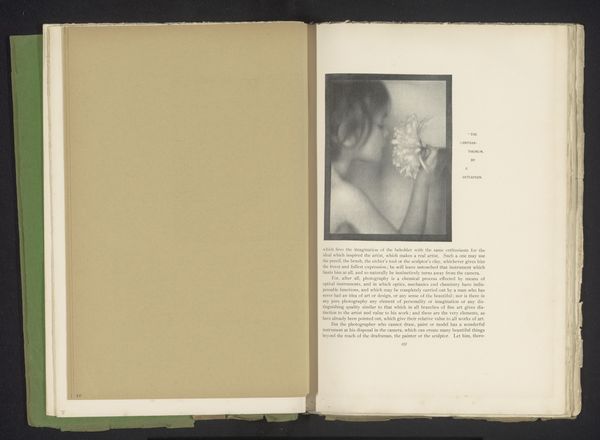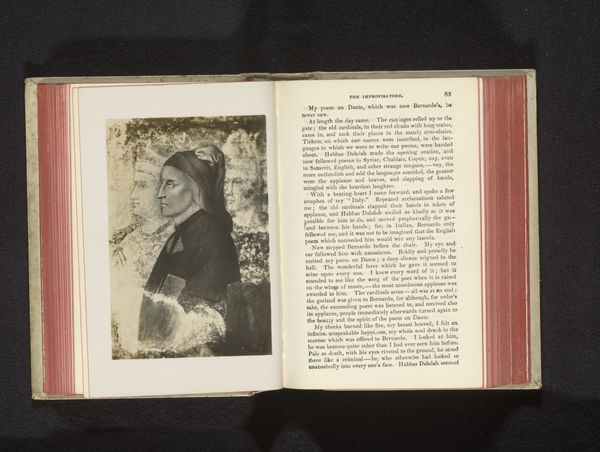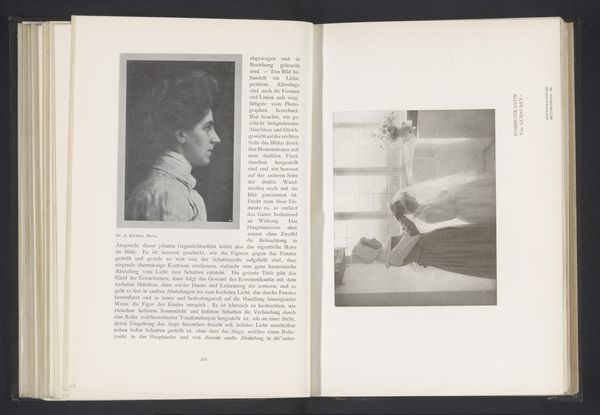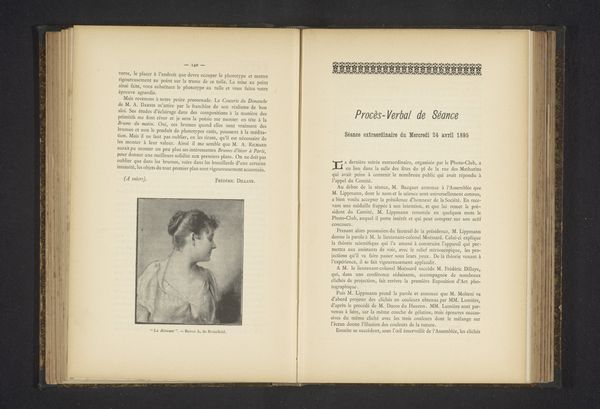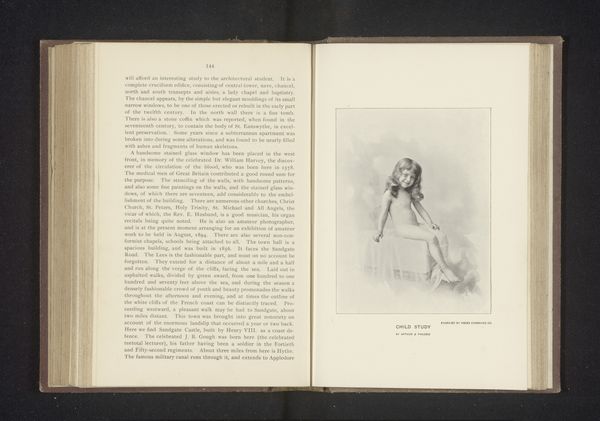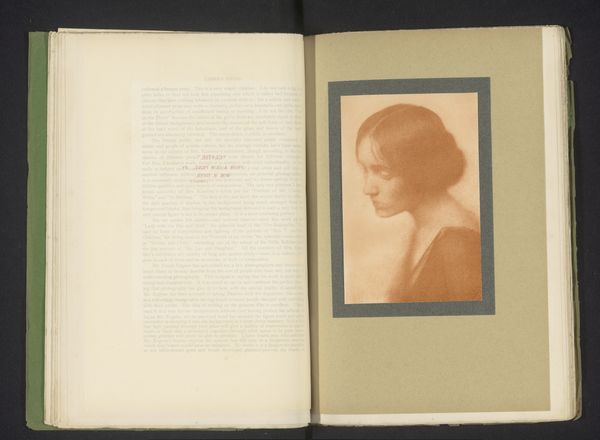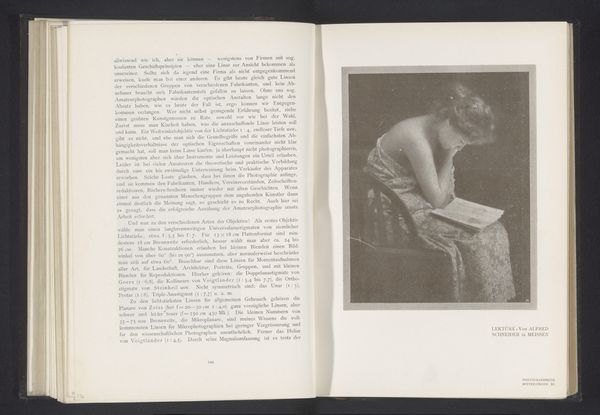
Fotoreproductie van een schilderij, voorstellende een portret van Beatrice Cenci c. 1870 - 1880
0:00
0:00
anonymous
Rijksmuseum
Dimensions: height 118 mm, width 78 mm
Copyright: Rijks Museum: Open Domain
Curator: Here, in the Rijksmuseum collection, we have a gelatin-silver print dating from around 1870 to 1880, titled “Photographic Reproduction of a Painting, Representing a Portrait of Beatrice Cenci.” It’s based on a much earlier painting and carries a very specific weight in its history. Editor: It has such a poignant look. Her face is delicate, framed by that simple head wrap, but there’s an almost palpable sense of sorrow, perhaps even fear, in her gaze. It’s interesting how photography, even a reproduction, captures such emotional depth. Curator: Indeed. This image trades heavily on the romanticized legend of Beatrice Cenci, a 16th-century Italian noblewoman who was executed for patricide. Her story became a touchstone for Romantic artists and writers, who saw her as a victim of injustice and patriarchal oppression. So, a photographic reproduction late in the 19th century keeps the pot boiling. Editor: So, by circulating this photo, we're almost re-enacting the 19th-century fascination with a sensational story, but now viewed through a more intersectional lens that allows us to examine not only questions of justice but issues like class and power and gender. It’s also, photographically speaking, interesting to see photography reproducing painting—one technology disseminating an image created using different methods. Curator: Exactly. The reproduction and circulation of the original painting further cemented the story of Beatrice in the popular imagination. It really demonstrates how powerful and politically charged imagery can become over time. It shows how art, whether original or reproduced, is bound to its contemporary social dynamics. Editor: Definitely food for thought as we continue navigating the ongoing politics of art and representation today, even in how this photograph finds its way into our museum collections. Curator: Precisely. It provides yet another glimpse into the many ways the 19th century perceived this infamous woman, and how they also saw themselves.
Comments
No comments
Be the first to comment and join the conversation on the ultimate creative platform.
